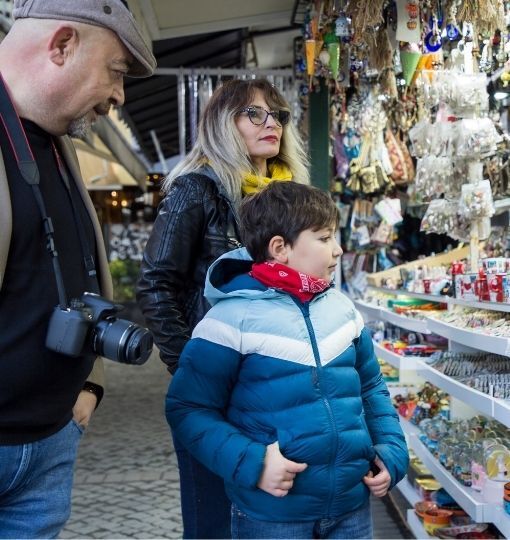Turkey is one of the birthplaces of wine. Ancient grapevines still cling to volcanic slopes and sun-drenched valleys from Thrace to Anatolia. Yet Istanbul, this vast, vibrant metropolis spread across two continents, has no vineyards of its own. Instead, it has something just as inviting: a network of character-packed wine bars, shops, and “şarap evi” that bring bottles from every corner of the country right to the city’s heart.
Step inside a Kadıköy back-street bar or a stone-arched cellar near Galata and you can taste Öküzgözü from Elazığ, Narince from the Black Sea foothills, and bold Aegean blends, all without ever leaving the city limits. Think of Istanbul as Turkey’s unofficial tasting room: a place where thousands of years of Anatolian wine heritage meet modern curiosity, generous small plates, and the hum of ferries on the Bosphorus.
In this post we’ll explore why Turkey’s native grapes deserve a spot on your table, and where in Istanbul you can sample them by the glass (or take a few bottles home). Even you’re a seasoned wine lover or simply want a memorable evening out, Istanbul’s wine houses are ready to pour you a story in every sip.
Turkish Wine 101: Heritage in Every Glass
Turkey’s relationship with wine is almost as old as agriculture itself. From Bronze-Age amphorae dug up in Cappadocia to sleek tasting rooms in İzmir, the story keeps unfolding, and every bottle still carries a trace of that long road. Below is a quick, plain-spoken guide to the things that shape Turkish wine today.
A Short Sip of History
Wine has flowed through Anatolia for almost seven thousand years. Hittite traders pressed grapes in clay amphorae; Greeks and Romans refined the craft; communities kept it alive through the long Ottoman centuries. In 1925, Mustafa Kemal Atatürk opened a state winery and sparked the industry’s modern revival. Ever since, Turkish winemakers have pushed forward, blending ancient know-how with today’s tools.
Why Wine Still Matters Today
Turkey farms more vineyard land than almost any country on earth, yet only a slice becomes wine. That small slice carries big meaning. Pouring a glass is a ritual of welcome on a family balcony in İzmir or a rooftop bar in Beyoğlu, and each bottle acts as a liquid map, guiding drinkers through the nation’s climates, soils, and stories.
Native Grapes, Native Voices
The heart of Turkish wine beats in its own grapes. Reds such as Öküzgözü and Boğazkere give flavors of sour cherry, dark plum, and gentle spice. Kalecik Karası and Çalkarası lean lighter, offering bright berries and hints of rose. Whites tell their own tale: Narince brings peach and citrus with a graceful texture, while Emir from Cappadocia’s volcanic ridges stays crisp and mineral. These varieties are more than raw material, they are cultural fingerprints.
International Grapes on Turkish Soil
Cabernet Sauvignon, Merlot, Syrah, and Chardonnay feel right at home along the Aegean coast, where warm days and cool nights mimic the south of France. Local winemakers rarely let them stand alone; instead, they blend them with native grapes to create wines that feel both familiar and unmistakably Turkish.
Styles Pouring from the Bottle
Step into a wine house in Kadıköy or Galata and you can move from unoaked, zesty Narince to a structured Öküzgözü–Boğazkere blend built for grilled lamb. Roses made from Calkarası pair effortlessly with meze spreads, and sparkling Emir captures Cappadocia’s stony freshness in fine bubbles. Whatever your palate craves, Turkey likely has a style to match.
New Waves and Old Roots
A quiet revolution is underway. Forgotten grapes like Papaskarası and Acıkara are back in the vineyards. Low-intervention cellars rely on native yeasts and clay amphorae to let terroir speak clearly. Single-parcel bottlings from Urla to Bozcaada prove that sea breezes, limestone, and altitude can shift flavor in subtle, thrilling ways. Old roots anchor the craft; bold ideas keep it moving.
So, when you raise a glass of Turkish wine in Istanbul, you’re not just tasting fermented grape juice, you’re drinking the past, present, and future of a land where heritage and innovation share the same barrel.
Where to Sip in Istanbul: Six Wine Houses That Pour the Country into Your Glass
Istanbul has no vineyards of its own, yet the city has turned that lack into an advantage: every region’s best bottles end up here. Cross the Bosphorus, and you can taste the length of Turkey in a single evening. Below are six spots that locals love and a small insider bonus you won’t find in most guidebooks.
Wayana Wine Bar, Kadıköy
Tucked onto a quiet side street behind Kadıköy’s market stalls, Wayana feels like a friend’s patio that just happens to stock a killer cellar. Every wine on the list; Narince skin-contact orange, velvet-soft Kalecik Karası, or a crisp Emir pét-nat, is sold by the glass, so you can experiment without fear. Nab an outdoor table, order the hummus with smoky Urfa pepper, and watch the ferry horns echo across Moda Bay.
Tripadvisor
Solera Winery, Beyoğlu
This brick-walled nook on Yeni Çarşı Street keeps its lights low and its chalkboard menu changing by the day. The staff speak the language of grapes fluently and will nudge you toward small-production bottles from Thrace or Cappadocia that never make it to export lists. Go early to beat the evening rush; the room fills fast after sunset.
Comedus, Şişhane
Part deli, part cellar, Comedus pairs aged Kars cheeses and forest-herb charcuterie with a national-park-sized wine wall. Grab a barstool, let the team slice whatever looks good, and sip a chilled Çalkarası rosé while trams rattle past outside. You can buy bottles to go, too, ideal if you’re stocking a holiday apartment.
Viktor Levi Şarap Evi, Moda
One of the city’s oldest wine houses hides behind a wrought-iron gate in laid-back Moda. Walk through the narrow passage and a secret garden opens like a scene change: climbing ivy, café lights, and the murmur of long tables. Viktor Levi pours its own label alongside big-name Turkish producers, and the kitchen’s lamb-and-eggplant casserole is built for a sturdy Boğazkere.
Vigneron Wine House, Galata
Steps from the medieval Galata Tower, Vigneron occupies a restored 19th-century stone building once owned by the Camondo family. Inside, archways frame a dim cellar stacked with both boutique Turkish wines and a few Old World references for comparison. Live saxophone sets the mood on weekend nights; a flight of three native-grape reds is the smart order if you’re short on time.
Rosida Süryani Wine House, Beşiktaş: Your Bonus Stop
Few tourists know this compact shop near Beşiktaş Çarşı, yet it’s one of the only places in Istanbul specializing in Süryani (Assyrian) wines from southeastern Turkey. Chat with the owner about Öküzgözü vintages, pick up a bottle at local-friendly prices, and then walk ten minutes to peaceful Ihlamur Kasrı, an Ottoman hunting pavilion whose entry is included with the Istanbul Tourist Pass®. That little side trip turns a quick wine run into a culture-plus-tasting double win.
Before You Go
Reservations are rarely mandatory, but the coziest seats vanish fast on Friday and Saturday nights, especially at Solera and Wayana. Most places add a modest corkage fee if you bring your own bottle for dinner; otherwise, prices by the glass remain friendlier than imported alternatives. Tip a few lira, linger as long as you like, and let Istanbul pour its many regions for you, one generous glass at a time.
Pairing the Istanbul Tourist Pass® with Your Wine Trail
Istanbul’s wine houses sit in the shadow of world-class monuments, and the fastest way to reach those monuments is the Istanbul Tourist Pass®, a fully digital city card that unlocks more than 100 attractions with skip-the-line entry and instant e-tickets. Think of it as a time-and-money corkscrew: twist it once, the city opens up, and you can pour your savings straight into another round of Turkish wine.
The Pass is built for busy days and indulgent nights. Spend the morning walking straight into Hagia Sophia or catch a Topkapı Palace guided tour without queue stress, then cross the street for a leisurely glass at Solera before sunset. Head up Galata Tower with the skip the ticket lines QR code, step back onto cobbled streets, and you’re already within five minutes of Vigneron Wine House. By trimming ticket lines and entry fees, the Pass leaves both daylight and lira free for tasting flights.
A few inclusions dovetail directly with wine-centric plans. The Bosphorus Dinner Cruise, free with the Pass, features a full Turkish menu and live shows; you can add glasses of locally produced wine, turning the boat ride into a floating tasting room.
Another perk is the Authentic Turkish Cuisine Tasting under Galata Bridge; while drinks aren’t included, the meze plate is on the house for Pass holders, and the restaurant’s list of boutique Narince and Kalecik Karası pairs beautifully with the spread.
Even the tranquil Ihlamur Pavilions, entry covered by the Pass, is a ten-minute stroll from Rosida Süryani Wine House, so you can admire Ottoman gardens before selecting an Assyrian Öküzgözü to take home.
Quick tips for wine lovers using the Pass
- Activate the Pass on a weekday if you can; popular attractions empty out sooner, giving you prime evening hours for bar-hopping.
- The dinner-cruise upgrade to local wine must be booked when you reserve your seat. Do it early, as tables with good Bosphorus views go fast.
- Most wine houses will store your shopping bags if you show you’ve just come from a nearby museum.
- Reservations aren’t compulsory at Wayana, Solera, or Viktor Levi on weeknights, but Fridays and Saturdays fill up; call ahead or go early.
Use the Tourist Pass® to glide through Istanbul’s history by day, then toast those centuries by night with a glass of something bold, indigenous, and unmistakably Turkish. The city, and its cellars, are yours to explore, one easy scan and one generous sip at a time.




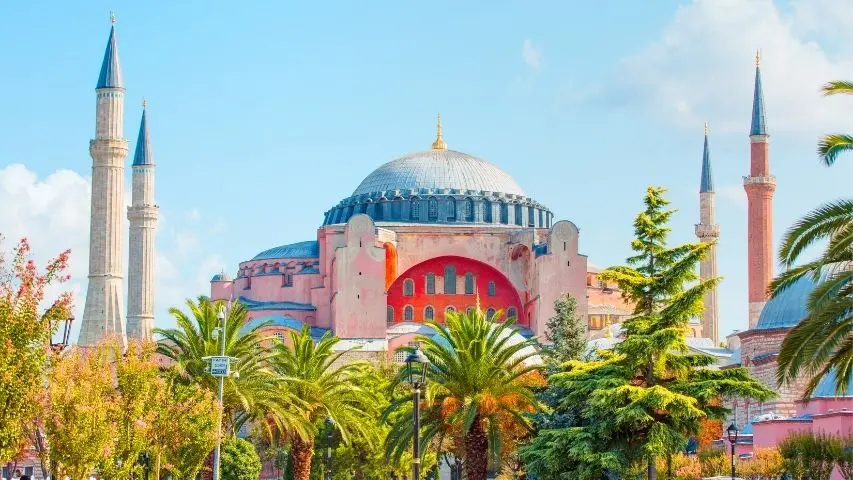
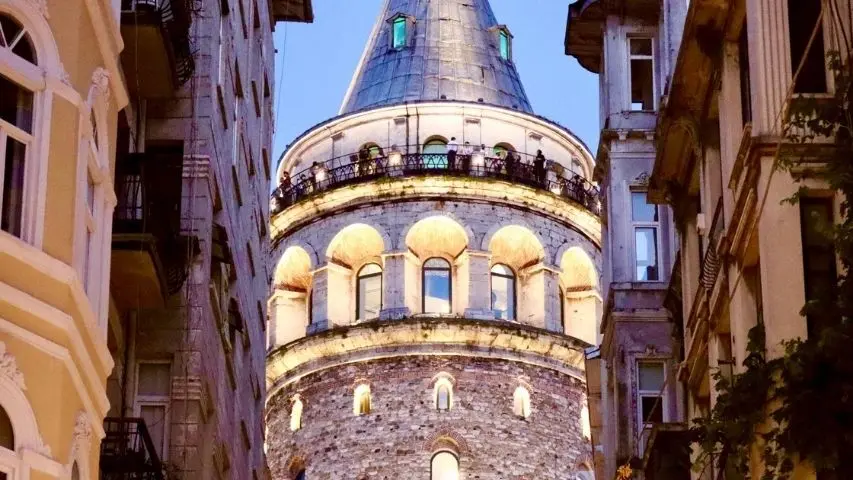
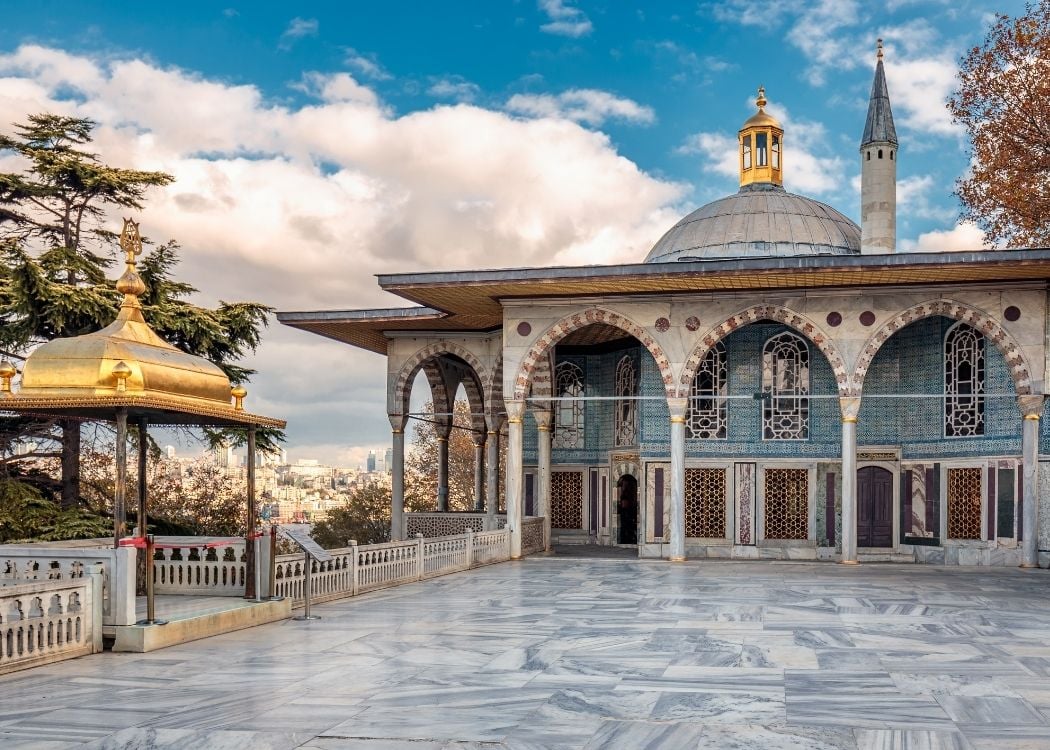

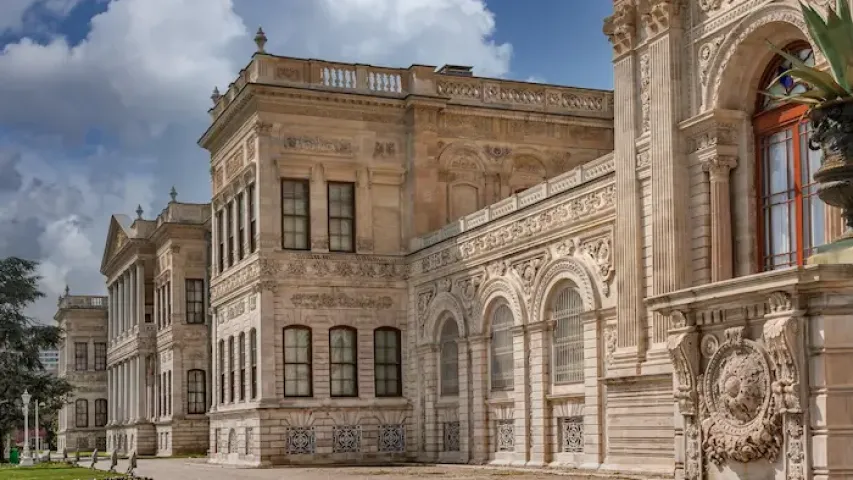
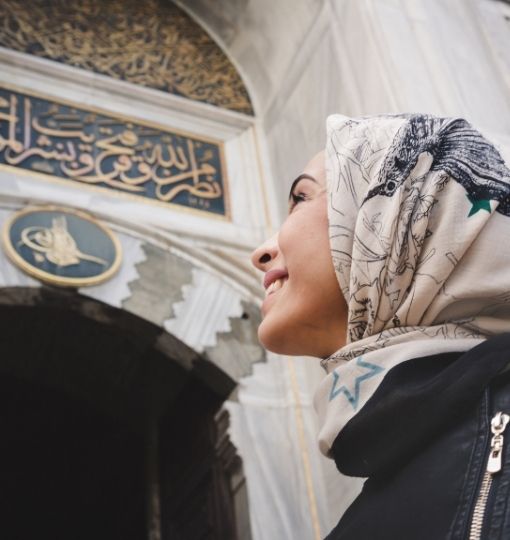
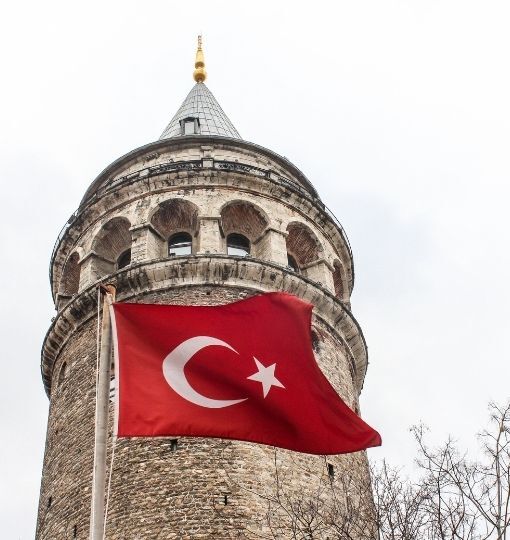



.jpg)



